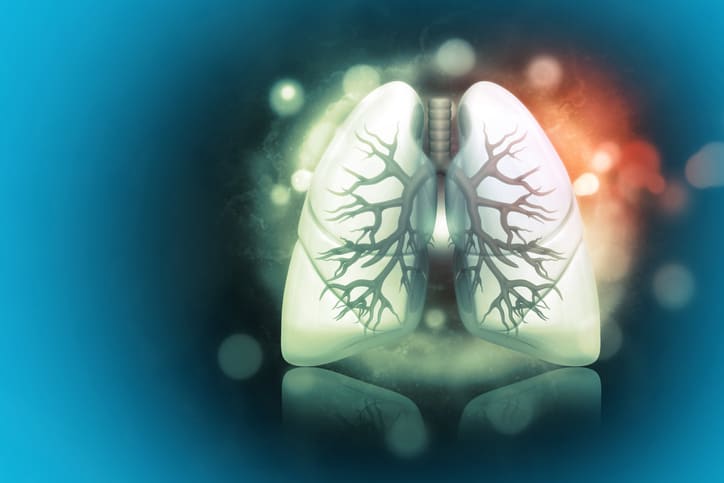Sleep-disordered breathing symptoms may recur in some children after successful adenoidectomy. A potential etiology that warrants consideration is torus tubarius hypertrophy (TTH) as well as residual or recurrent adenoid hypertrophy. Here, we report our experience and the treatment outcomes with microscopic coblator-assisted partial resection of TTH.Seven children who had undergone coblator-assisted partial resection of TTH under microscopy from April 2000 through January 2017 were retrospectively reviewed. The patient age at the time of initial adenotonsillectomy and the interval between the first operation and partial resection of TTH were identified. Lateral cephalometry and scores on the Korean version of the obstructive sleep apnea-18 (KOSA-18) questionnaire were reviewed.The median age at the time of the first operation was 3.0 years and the average time interval between the first operation and subsequent tubal tonsillectomy was 44.0 months. The average width between the torus tubarius was 2.1 mm preoperatively. Symptoms of sleep-disordered breathing were relieved in all patients after operation. Preoperative and postoperative KOSA-18 scores were 73.5 and 35.5, respectively (P = .024). On polysomnography, the preoperative and postoperative apnea-hypopnea index scores were 22.9 and 4.7, respectively (P = .068). The patients were followed up for an average of 1.3 years. One patient developed a recurrence of symptoms and underwent a revision operation. Complications such as bleeding and nasopharyngeal stenosis were not observed.Otorhinolaryngologists should keep TTH in mind as one of the differential diagnoses for recurrent upper airway obstruction symptoms after adenoidectomy. Microscopic coblator-assisted partial resection of TTH is likely to be safe and effective.
Partial resection of hypertrophic torus tubarius for recurred snoring: Case series.


